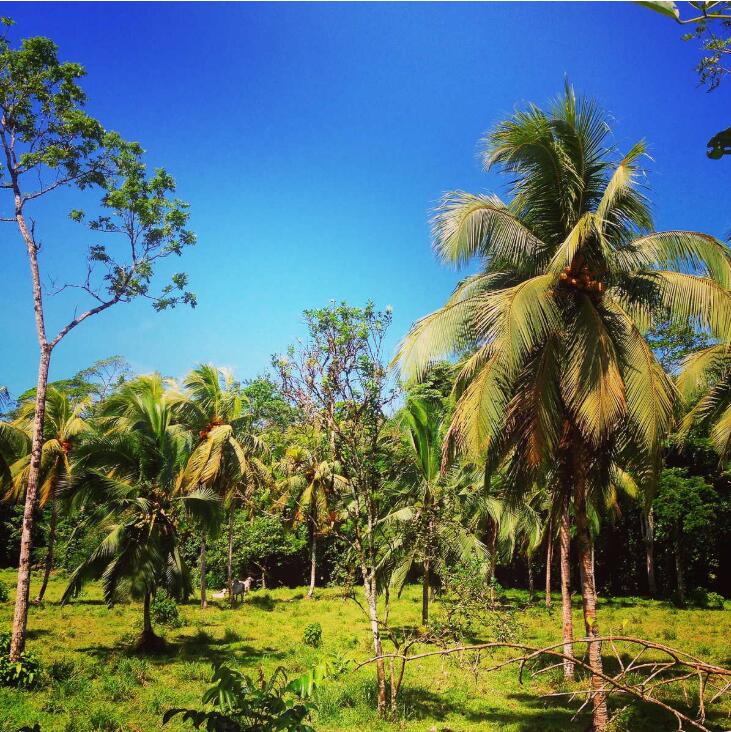Central America is a geographical area that encompasses the southernmost part of North America, extending from the Tehuantepec-owned southern Mexico to Panama’s border with Colombia. According to countryaah, the area includes the nation states of Panama, Costa Rica, Nicaragua, El Salvador, Honduras, Guatemala, Belize as well as the southern part of Mexico (the states of Campeche, Chiapas, Quintana Roo, Tabasco and Yucatán). The countries have coasted both towards the Pacific and towards the Atlantic (Caribbean), except for El Salvador (Pacific only) and Belize (Atlantic).
Countries in Central America
Guadeloupe – Caribbean
Guadeloupe is an overseas department and region of France. The capital of the country is Basse-Terre. Approximately 443,000 people live in Guadeloupe. The official language is French. Guadeloupe covers an area of around 1,780 km².
Guatemala – Central America
Guatemala is a state in North America. The capital of the country is Guatemala City. Approx. 17 million Guatemalans, Guatemalans and residents of other nationalities live in Guatemala. The official language is Spanish. Guatemala covers an area of around 109,000 km². Neighboring countries are Mexico, Honduras, El Salvador and Belize.
Martinique – Caribbean
Martinique is an overseas department and region of France. The capital of the country is Fort-de-France. About 433,000 people live in Martinique. The official language is French. Martinique covers an area of around 1,100 km².
Aruba – Caribbean
Aruba is an autonomous part of the Kingdom of the Netherlands in the southern Caribbean. The capital of the country is Oranjestad. About 72,000 people live on Aruba. The official language is Dutch. Aruba covers an area of around 190 km².
Bahamas – Caribbean
The Bahamas are an island nation in North America. The capital of the country is Nassau. About 391,000 Bahamians of other nationalities live in the Bahamas. The official language is English. The Bahamas cover an area of around 14,000 km² and are thus around five times the size of Luxembourg. The highest point in the Bahamas is Mount Alvernia at just 63 meters.
The Bahamas National Day is July 10th (Independence Day in 1973).
Topography and geology
There are moist swamps and lowlands along both the west and east coasts of Central America, but four-fifths of Central America is either hilly or mountainous. Volcanic folding mountains are heading east-west and are highest towards the Pacific Ocean.
There is a lot of seismic activity in the region, which manifests itself with volcanic eruptions and earthquakes. The volcanic mountain range Sierra Madre de Chiapas extends from Chiapas in Mexico to Guatemala and further south in Central America. There are over 80 volcanoes in the region, of which about 40 are active. The highest mountains in the region are the Tajumulco and Tacana volcanoes located in Guatemala (both over 4000 meters above sea level). This high volcanic and seismic activity is due to the fact that Central America lies on the dividing line between two continental plates (Caribbean plate and Cocos plate). The Yucatán Peninsula and the lowlands south and east of this are made up of limestone in horizontal layers.
Climate
The climate in Central America is mainly tropical, but is varied by factors such as altitude, latitude and local topography. The average temperatures in the highlands are much lower than in the coastal lowlands. It is common to separate the region into four climatic zones; The tropical lowland zone, tierra caliente, “the temperate zone”, between 700 and 1800 meters above sea level, tierra templada and “cool zone”, from 1800 meters above sea level and up to the highest peaks, Tierra free.
Along the Atlantic coast, the climate is hot and humid. Here, the northeast pass provides plenty of rainfall, over 3000 millimeters annually. In the highlands, there is less rainfall. Precipitation occurs primarily in the summer and is greatest between May and November. The driest months are January. In general, the Caribbean side receives about twice as much rainfall as the Pacific region. The Caribbean region of Central America is also affected by tropical lows and hurricanes from July through October.
Flora
The flora of the region is varied. In the lowlands of the East Coast, tropical rain-forest, mahogany, rubber trees and cocoa are growing. Coffee and sugar cane grow in the temperate zone. In the cold zone: wheat, potatoes, fruit trees. The tree line is at about 4000 meters, below which grows pine forest and grass in the cool zone.; for wildlife see North America.
Culture and history
The geographical area between America is largely overlapped by the Mesoamerica cultural region. Despite regional differences, there are still a lot of common cultural characteristics. This is due to long-standing and widespread contact between the different cultures in the region through migration, diplomacy, trade, war and conquest. The greatest cultural influences in the region, up to the colonization, were the Mayan and Aztec culture.
In 1521, the Spaniards under Hernán Cortés conquered the Aztec Empire, which then dominated much of Central America. The region was ruled by Spain as the “new Spain” colony until 1821. Upon its release, the Central American Federation was established, and this federation existed until 1838 when it was dissolved and Guatemala, Honduras, El Salvador, Nicaragua and Costa Rica were established. as independent states. The northern part of the Central American Federation became part of Mexico.
Panama and Belize are now considered to be part of Central America, but these countries have had a different history than the rest of the region. After Central America was detached from Spain in 1821, Panama was ruled by Colombia and gained autonomy in 1903. Belize was a British colony and first gained independence in 1964.

